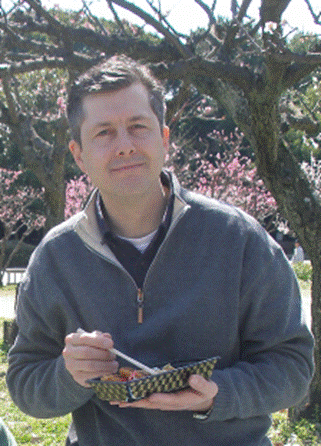Brunswick, Maine-based Coastal Enterprises, Inc. (CEI) has made a name for itself offering business advisory services to small businesses as well as financing and project management. The firm has received grants, including USD 300,000 (EUR 266,800) from the Foundation for Food and Agriculture Research (FFAR) – a U.S. nonprofit organization established in the 2014 Farm Bill – for introducing the Japanese “ear-hanging” scallop production technique in the state of Maine.
At the suggestion of FFAR, CEI commissioned a market analysis for the Maine-farmed scallops. The analysis, conducted by rbouvier consulting [sic], was released on 27 February and was also shared by Hugh Cowperthwaite, fisheries program director for CEI, at the Maine Fisherman's Forum on 2 March at the Samoset Resort in Rockport, Maine.
The report covers the first year of the work. As scallops take two to three years to grow to marketable size, the product cannot be test marketed in advance. To help growers judge whether to make the investment of time and money, the firm interviewed several purveyors, growers, and chefs, and conducted a small survey of Maine restaurants. Data was collected from test sites and more established wild-catch scallop markets.
Those findings were subjected to a PESTEL analysis, which considers political, economic, social, technological, environmental, and legal factors that could affect a new product or service entering the marketplace. This portion of the report concluded, “With strong state support for local agriculture industries, a name associated closely with good seafood, and a growing market support for local food, Maine provides a favorable environment for a new, locally produced, fresh seafood product such as farm raised scallops.”
Researchers also conducted a SWOT analysis (covering strengths, weaknesses, opportunities, and threats). Some key findings were that there is a strong demand for locally produced seafood in the Portland, Maine restaurant trade, and that farmed product could fill a gap in the wild scallop harvest season. Educating the consumer and the trade in order to successfully differentiate the farmed local product and command a premium price is a challenge, as are the costs and technological hurdles of introducing a new technology. An additional risk is that an economic recession could put a damper on demand for high-end seafood.
A couple of interesting points brought up by the report are that new tariffs on Chinese scallops may create new domestic demand, and that a roe-on product could be marketed. The report is available on CEI’s website.
In an interview with Seafoodsource, Cowperthwaite said that the ear-hung farmed scallops would probably not compete directly with Chinese scallops, but rather with the local fresh day-boat or diver scallops, though they could also fill the gap when these are not available.
Cowperthwaite said that the state of Maine does have a program to allow roe-on sales, a common form in Japan. He supports the idea of marketing fresh scallops roe-on in shell, or on the half-shell, as it could differentiate the farmed product. “Otherwise, you’re throwing away your value-added,” he said.
However, high testing costs to ensure there is no bio-toxin is a hurdle. The grower must conclude a memorandum of understanding (MOU) with the state, and show safety over time through regular testing.
“The added expense makes it marginal to make a profit on that,” Cowperthwaite said.
So far, three machines from Japanese manufacturer Mutsu Kaden Tokki Co., Ltd., based in Mutsu City, Aomori, have been purchased by CEI and are being utilized by Bangs Island Mussels in Portland: a grader, a drilling machine, and a washing machine. An additional grower, Pine Point Oyster in Cape Elizabeth, is expected to utilize machines under CEI’s program in future.
Having the equipment supplier in a different country poses some problems. For example, the machines are powered by electricity, or in one case by a diesel engine, but many lobster boats in Maine already have hydraulic power available that could be used instead to run the equipment. In one case, US emissions regulations on the diesel required the machine to be sent without the engine.
A couple of additional machines, a washer and a drill, were also purchased through a separate Maine Sea Grant program. The CEI-run program runs parallel to the program by Maine Sea Grant, though Cowperthwaite said that the Maine Sea Grant program is more focused on research, while the CEI-administered program is more focused on commercial implementation.
Image courtesy of Coastal Enterprises, Inc.






